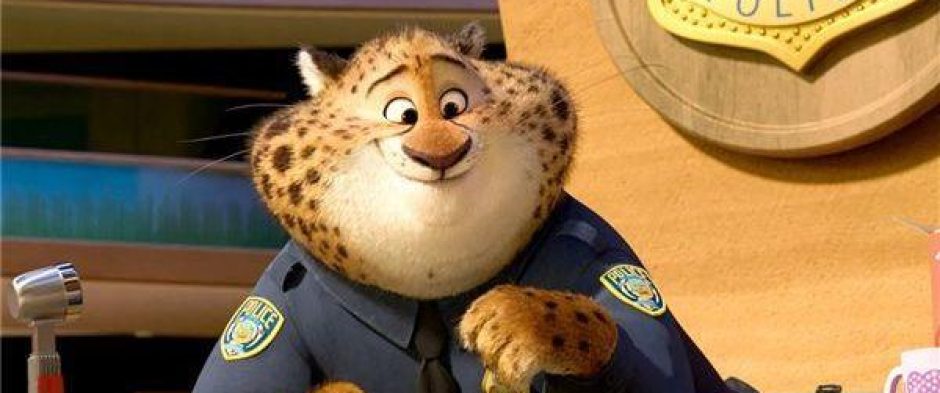Because of the enormous influence of media, games; movies; television; advertising; online streaming, as works of art and as a medium of communication, cannot be separated from political factors.
Games: Political activists and politicians use online games to virtually visit people’s living rooms and seek attention for their messages. A Black Lives Matter activities created a monument on an island in Animal Sen, It features portraits of George Floyd, Breonna Taylor and other black victims of police violence. Virtual demonstrations of “Black Lives Matter” have also appeared in other popular games, such as The Sims, Grand Theft Auto and World of Warcraft. Many good games are more or less with their point of view to attack in reality some unreasonable situation, among them there are some games even completely represents a political views, such as “this is my war” is a standard anti-war theme of the game, but it doesn’t affect it become a good work.
Film: “12 Years a Slave” screenwriter John Ridley wrote an article in the Los Angeles Times criticizing “Gone With the Wind” for glorifying slavery or deliberately perpetuating stereotypes of people of color and calling for more attention. HBO Max was forced to temporarily pull the film from the shelves in the face of public pressure. Mulan is a very “politically correct” film, but it loses its logic and rationality due to its excessive pursuit of political correctness. Disney’s live-action mulan do not have the role of Li Xiang, the leading man animated film. Why is that? The reason is that In the anime, Li Xiang is Mulan’s superior, and the studio thought it would be uncomfortable for the public, if mulan to have a relationship with her superior, especially in the context of # MeToo. The values that the film intends to promote are clear: that women can not be subordinate to men, that women can be powerful enough, and can even surpass men perfectly.
TV: There is no need to say more about how popular of the 20-year-old sitcom Friends. There’s nothing wrong with it. However, co-creator of it, Marta Kauffman wept and apologized on an online show because the six main characters, all white, weren’t doing a great job of “ethnic diversity”… In order to be politically correct, more and more TV characters will guarantee “ethnic diversity” and are happy to include gay characters, such as original vampires ,modern families and etc.
Advertising: The campaign advertisement, which plays an important role in political marketing, has become an important field for political strategists. Since 2019, nearly 5 million political ads have aired on American TELEVISION, accounting for $2.3 billion worth of national and local television coverage. In addition to ads for the presidential election, there are other races for the Senate and The House of Representatives. The Communications Act prohibits broadcasters from censoring or refusing to air political campaign ads commissioned by federal candidates. The law does not apply to cable networks such as CNN or social media sites, where all the top candidates will spend tens of millions of dollars to woo voters ahead of the November 2020 presidential election. So as the total amount of campaign advertising increases, the share of negative ads continues to climb. Misinformation circulating on the Internet is increasingly rampant and can mislead voters. A negative campaign AD is an attack AD that focuses on the opponent. In a positive campaign AD, on the other hand, the campaign focuses on promoting the good qualities of its candidate.
Online streaming: Now, it’s easy to find gay dating sites or apps on the Internet, such as Grindr, Blued, etc. But just a century ago, it would have been hard to imagine LGBTQI+ rights being universally recognized. America’s first gay-rights group, the Society for Human Rights, did not emerge until 1924 and disbanded a year later under intense political pressure. The American Psychiatric Association still listed homosexuality as a Psychiatric disorder until 1973. Massachusetts became the first state to legalize gay marriage in 2004, and 37 more states and Washington have since done so. Today, the right of homosexuality is an important part of political correctness in Europe and America. Hundreds of activist groups have been formed in the US to gain legal and policy support for LGBTQI+ people. These activist groups fight for LGBTQI+ families to have the same immigration rights as other families, and for LGBTQI+ refugees fleeing persecution to be granted asylum in the United States. Gay groups and individuals can legally and equally express their hobbies and opinions on online streaming media.
Reference:
- Limin Cui, 2020. What should players do when faced with political correctness in games? Available from: https://www.3dmgame.com/original/3742435.html
- Kristina Reymann-Schneider, 2020. Animal Brotherhood: How Games are Politicized? Available from:https://www.dw.com/zh/%E7%BE%8E%E5%A4%A7%E9%80%89%E4%B8%AD-%E5%8A%A8%E7%89%A9%E6%A3%AE%E5%8F%8B%E4%BC%9A%E6%B8%B8%E6%88%8F%E5%A6%82%E4%BD%95%E8%A2%AB%E6%94%BF%E6%B2%BB%E5%8C%96/a-55356217.
- Wikipedia, 2021. Politically correct. Available from: https://zh.wikipedia.org/wiki/%E6%94%BF%E6%B2%BB%E6%AD%A3%E7%A2%BA
- Zhaoyin Fen, 2020. Us election: Why do big-money campaign ads Matter. Available from: https://www.bbc.com/zhongwen/simp/world-54243454
- Qin Lin, 2020. Film Review of Mulan — Uto of feminism and Freedom. Available from: https://zhuanlan.zhihu.com/p/238205723
- Junqin Zhang, 2020. How does social media regulate campaign advertising? Available from:https://www.dw.com/zh/%E7%A4%BE%E4%BA%A4%E5%AA%92%E4%BD%93%E5%A6%82%E4%BD%95%E8%A7%84%E8%8C%83%E7%AB%9E%E9%80%89%E5%B9%BF%E5%91%8A/a-51955367

